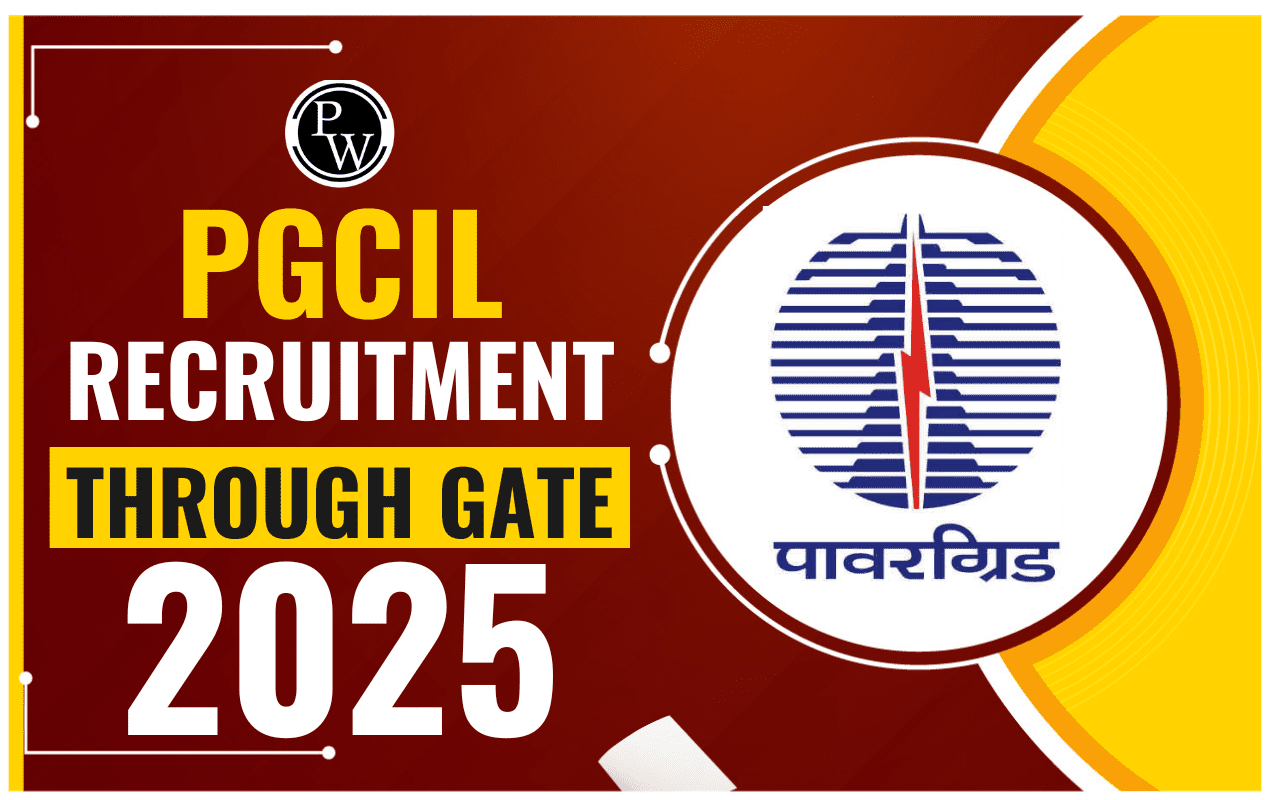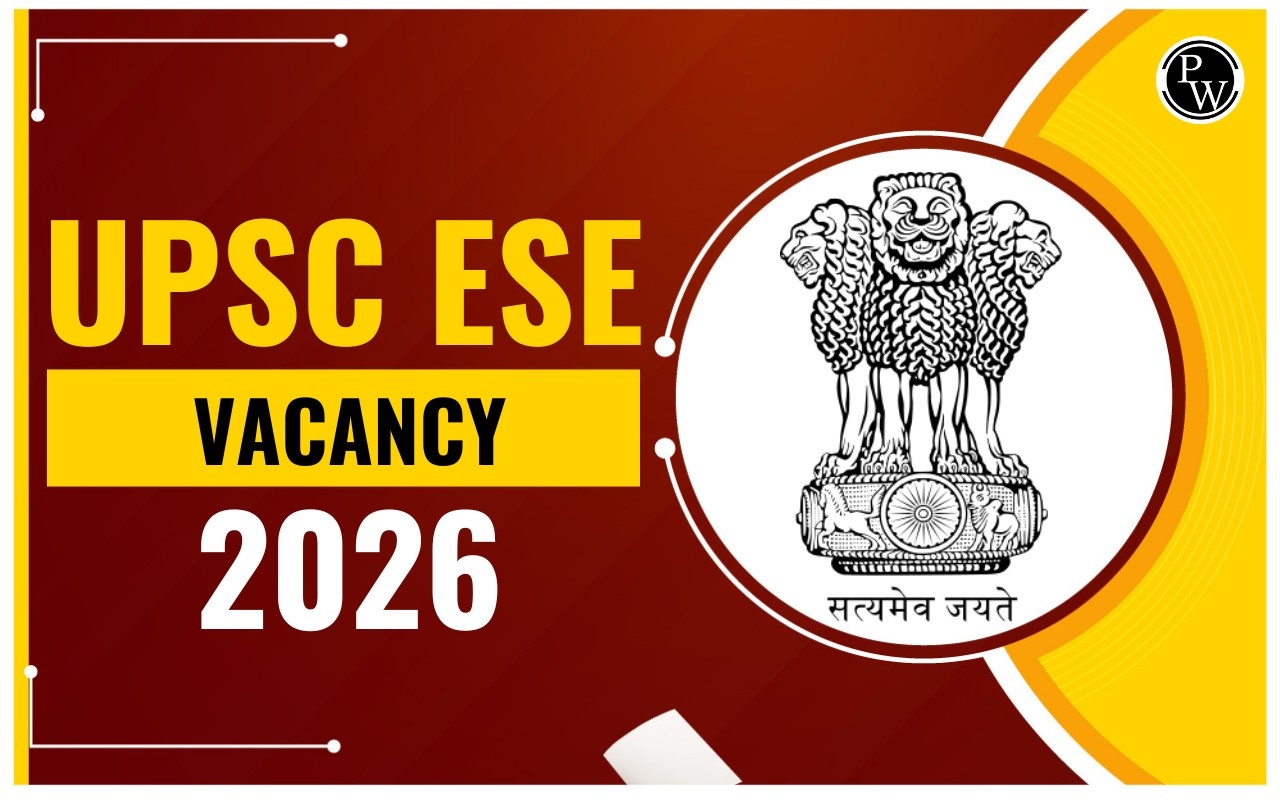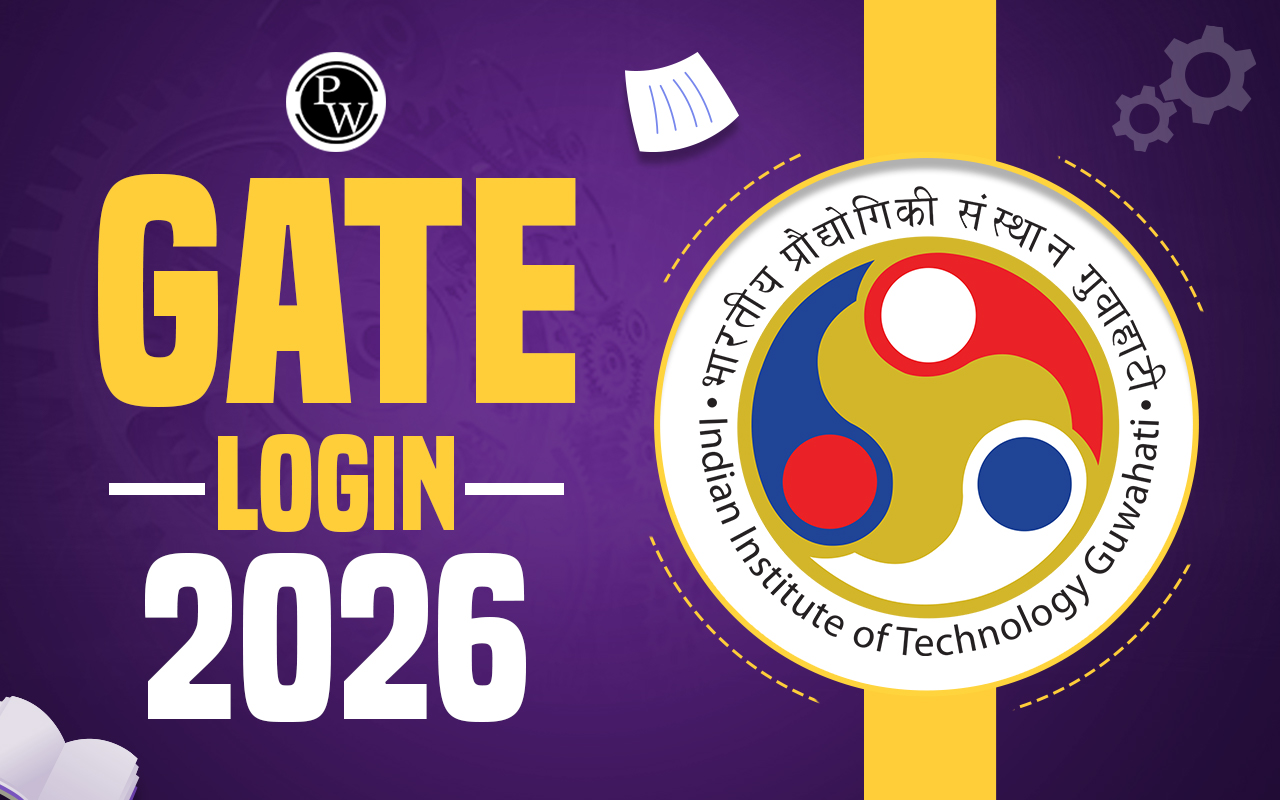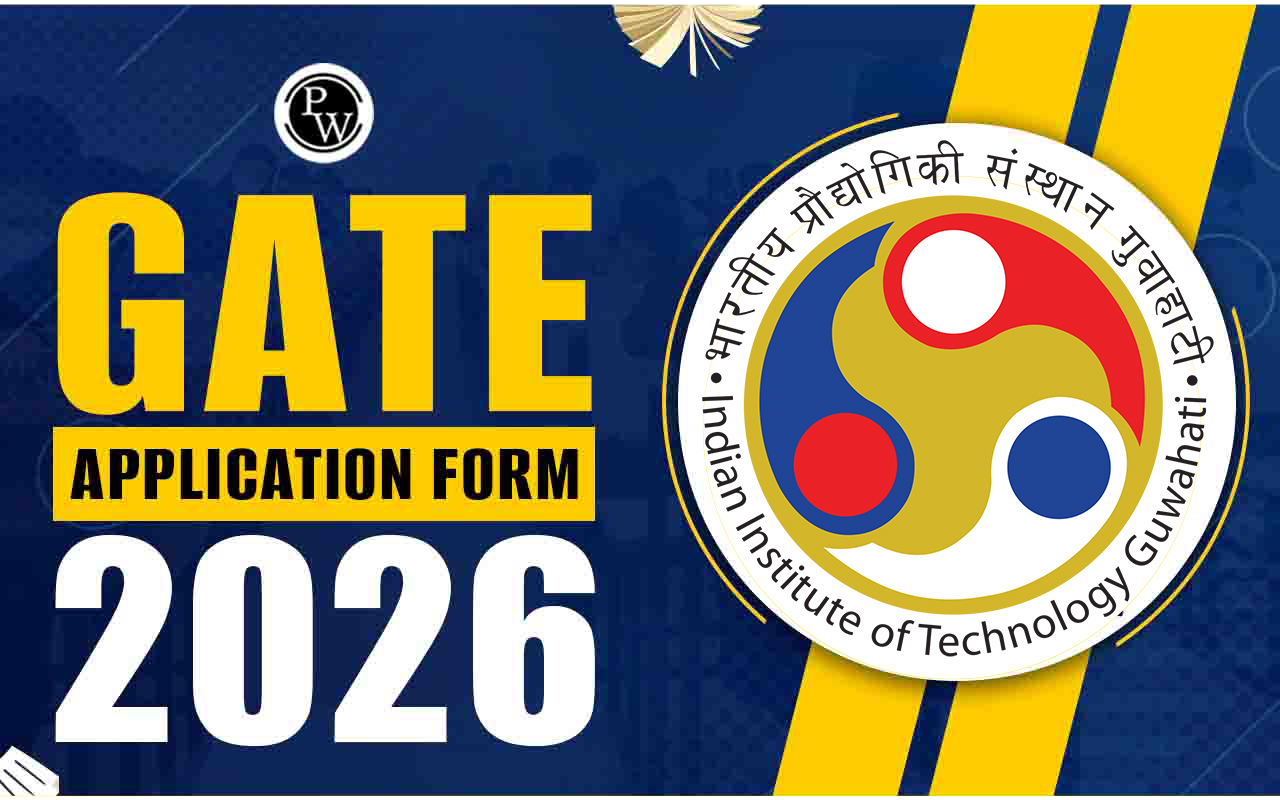
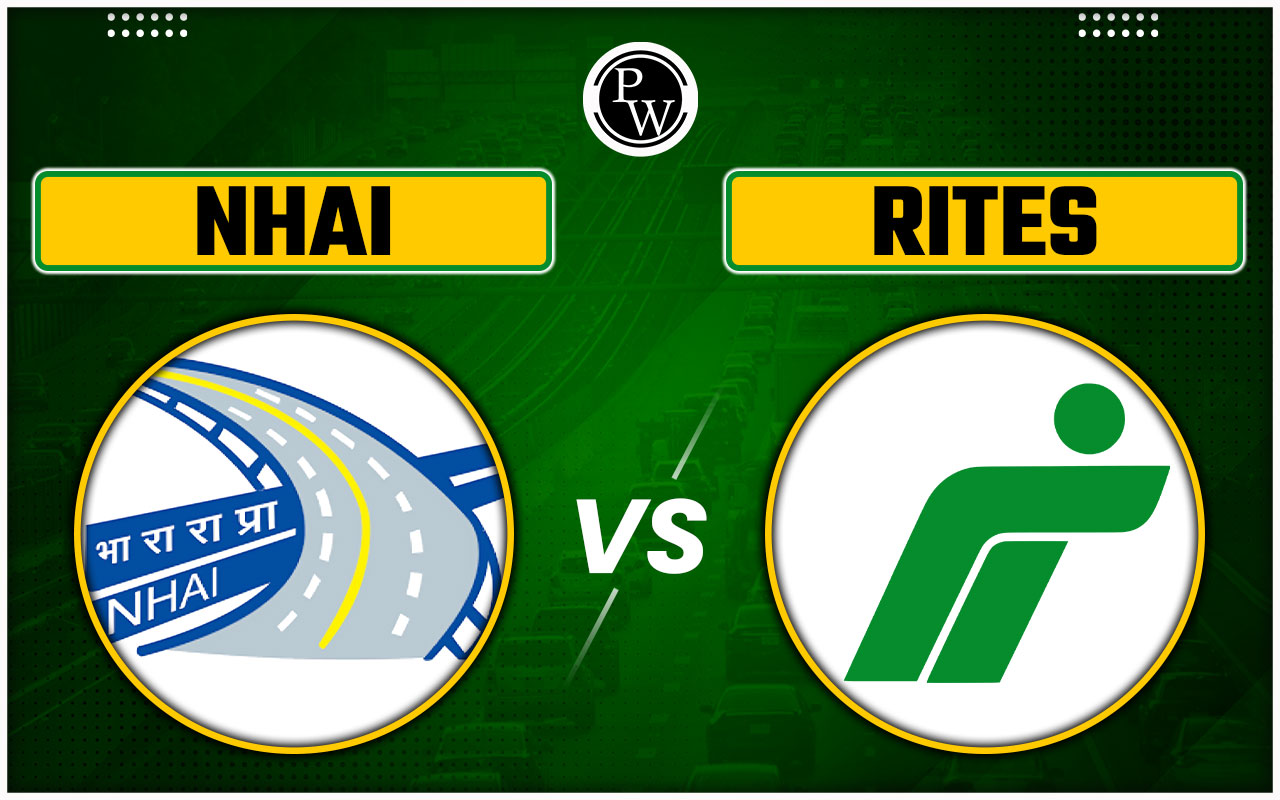
NHAI vs RITES: The National Highways Authority of India (NHAI) and Rail India Technical and Economic Service (RITES) are two of the pivotal choices for engineering graduates to join after clearing the GATE exam. Both organizations are prestigious Public Sector Undertakings (PSUs) in India, offering significant career opportunities, competitive salaries, and numerous benefits.
NHAI focuses on the development and maintenance of national highways, while RITES is known for its expertise in transport infrastructure, including railways, highways, airports, and ports. This article will compare various prospects of NHAI vs RITES to help applicants make an informed decision.Also check: SAIL vs GAIL
NHAI vs RITES- Overview
NHAI was established in 1988 through an Act of Parliament known as the National Highways Authority of India Act. NHAI is responsible for the development, maintenance, and management of national highways across India. Its mandate includes ensuring the smooth and efficient movement of goods and people on national highways. Moreover, NHAI oversees a network of over 50,000 kilometers of national highways, making it one of the largest highway operators in the world. RITES was set up in 1974 under the aegis of the Indian Railways. It is a Government of India enterprise. RITES is a multi-disciplinary consulting organization that provides a wide range of services in transport infrastructure, including railways, highways, airports, ports, and urban transport. It also offers project management and construction supervision services.Suggested read: IOCL vs ONGC
NHAI vs RITES- Which is Good to Join After GATE?
It can be challenging for engineering graduates to decide between NHAI and RITES after clearing the GATE exam because both organizations provide appealing career possibilities, high salaries, and plenty of possibilities for growth. Therefore, to aid in deciding which is better, aspirants can compare the eligibility requirements, GATE cut-offs, roles and responsibilities, salary, additional perks, and career advancement prospects of NHAI vs RITES, as provided in this article.NHAI vs RITES- Eligibility Criteria for Recruitments Through GATE
Eligibility Criteria for NHAI Recruitment Through GATE: To be eligible for recruitment by the National Highways Authority of India (NHAI) through GATE, applicants must meet the following criteria:- Age Limit: Applicants age limit should not exceed 30 years.
- Educational Qualification: Applicants must have a qualified degree in the related engineering subject from a recognized university or institute.
- GATE Qualification: Applicants should have a valid GATE score card in the relevant engineering discipline.
- Nationality: Applicants must be of Indian nationality.
- Age Limit: While the minimum age should be 21 years, the maximum age limit should not exceed 30 years. Age relaxation for reserved candidates as per norms.
- Academic Qualification: Applicants belonging to the General/EWS category must score a minimum of 60% in the qualifying exam.
- Reserved category applicants (SC/ST/OBC (NCL)/PWD) must have obtained at least 50% marks in their qualifying exam.
- Students in their final year or semester may also be eligible if they have received the required minimum grades or an equivalent cumulative GPA for all semesters or years before the pre-final exam.
NHAI vs RITES- Roles and Responsibilities
Prominent PSUs like NHAI and RITES offer an array of roles to engineering graduates. While some roles, such as Deputy Manager (Technical) and Graduate Engineer Trainee, initially require GATE scores, others may involve written examinations and interviews. Interested applicants can check out the roles and responsibilities of NHAI vs RITES in the table presented below:| NHAI vs RITES- Roles and Responsibilities | ||
| Name of Organization | Role | Responsibilities |
| NHAI | Deputy Manager (Technical) |
|
| Project Manager |
|
|
| Site Engineer |
|
|
| RITES | Graduate Engineer Trainee |
|
| Project Engineer |
|
|
NHAI vs RITES- GATE Cut Off
The GATE score is a vital criterion for shortlisting applicants for various positions in both NHAI and RITES. The cut-off marks vary each year based on factors such as the number of applicants, the difficulty level of the exam, and the availability of positions. Understanding previous years' GATE cut-offs can provide valuable insights into the required scores for securing a position in these prestigious organizations. Check out the NHAI vs RITES cut-off marks for recruitments through the GATE provided below.| NHAI vs RITES- GATE Cut Off Analysis | |||
| NHAI Recruitment through GATE Cut off 2021-2022 | |||
| GATE paper | Role | Category | Cut Off |
| Civil Engineering (CE) | Deputy Manager(Technical) | General | 936 |
| OBC | 891 | ||
| SC | 849 | ||
| ST | 813 | ||
| General (PwD) | 518 | ||
| EWS | 916 | ||
| OBC (PwD) | 518 | ||
| SC (PwD) | 518 | ||
| ST (PwD) | 518 | ||
| EWS (PwD) | 518 | ||
| GATE Cut Off 2021 for RITES Recruitment | |||
| GATE Paper | Role | Category | Cut Off |
| Electronic and Communication (EC) | Graduate Engineer Trainee (Signaling and Telecom) | General | 72 |
| OBC | 63.33 | ||
| SC | 50.33 | ||
| EWS | 56 | ||
| General (PwD) | 29.67 | ||
| OBC (PwD) | 29.67 | ||
| SC (PwD) | 29.67 | ||
| ST (PwD) | 29.67 | ||
| EWS (PwD) | 29.67 | ||
| Mechanical (ME) | Graduate Engineer Trainee(Mechanical) | General | 86.15 |
| SC | 65.19 | ||
| EWS | 77.08 | ||
| General (PwD) | 42.08 | ||
| OBC (PwD) | 42.08 | ||
| SC (PwD) | 42.08 | ||
| ST (PwD) | 42.08 | ||
| EWS (PwD) | 42.08 | ||
| Civil Engineering (CE) | Graduate Engineer Trainee(Civil) | General | 71.65 |
| SC | 55.24 | ||
| ST | 58.51 | ||
| EWS | 61.16 | ||
| General (PwD) | 37.87 | ||
| OBC (PwD) | 37.87 | ||
| SC (PwD) | 37.87 | ||
| ST (PwD) | 37.87 | ||
| EWS (PwD) | 37.87 | ||
| Electrical (EE) | Graduate Engineer Trainee(Electrical) | General | 88.33 |
| SC | 71.67 | ||
| ST | 60.67 | ||
| EWS | 73 | ||
NHAI vs RITES- Salary and Additional Perks
The pay scale can significantly influence the aspirant's choice between NHAI and RITES. Both organizations offer competitive salaries, but there are differences in their pay structures during and after the training periods. Check out the NHAI vs RITES salary comparison as outlined below.| NHAI vs RITES- Salary and Additional Perks | |
| RITES Salary | |
| Pay Scale During Training |
|
| Post-Training |
|
| NHAI Salary | |
| Pay Scale |
|
NHAI vs RITES- Additional Perks and Benefits
While the salary structure of NHAI differs from that of RITES, the additional benefits they offer are quite similar. This allows aspirants to make an informed decision based on their financial and career growth aspirations. Both PSUs provide appealing benefits, ensuring a balanced and rewarding career for their employees.- Dearness Allowance (DA): Provided to offset the impact of inflation and rising costs of living.
- House Rent Allowance (HRA): Offered to employees who do not avail of company-provided accommodation.
- Medical Facilities: Comprehensive medical coverage for employees and their dependents.
- Performance-Linked Incentives: Bonuses based on individual and organizational performance.
- Travel Allowance: Covers expenses incurred during official travel.
- Leave Travel Concession (LTC): Benefits for travel during leave periods.
- Provident Fund (PF): Regular contributions towards retirement savings.
- Gratuity: Lump-sum payment based on length of service.
- Superannuation Package (RITES specific): Contribution to Provident Fund, Pension, Gratuity as per Gratuity Act, Post-Retirement Medical Scheme.
- Other Benefits: Additional perks such as subsidized canteen facilities, company-provided accommodation (as per availability), and various welfare schemes aimed at enhancing employee well-being.
NHAI vs RITES- Career Growth
NHAI and RITES offer ample career growth opportunities for GATE-qualified engineering graduates. NHAI provides significant exposure to large-scale national projects and a clear path to senior technical and managerial roles. RITES offers a diverse range of projects across various sectors, with opportunities for international exposure and specialization in transport infrastructure. The comparison of NHAI vs RITES career aspects is tabulated below for the understanding of aspirants.| NHAI vs RITES- Career Growth | ||
| Aspects | NHAI | RITES |
| Initial Position | Engineers recruited through GATE typically start as Deputy Manager (Technical) or similar roles. | Graduates recruited through GATE generally start as Graduate Engineer Trainees (GETs). |
| Training and Probation | NHAI places a strong emphasis on training and development, providing new recruits with comprehensive training in highway engineering, project management, and other relevant areas. | Recruits undergo an initial training period followed by a probationary period as Engineers. This includes a 2-month training and a 1-year probation, with a screening test at the end. |
| Career Progression | Employees can advance to higher positions such as Project Manager, Chief Engineer, and even Member (Technical) of the NHAI Board based on performance and experience. | Successful completion of the probation period can lead to confirmation as Engineers, with opportunities to advance to Senior Engineer, Project Manager, and higher managerial roles. |
| Promotional Path | Promotions in NHAI are based on a combination of performance, experience, and available vacancies. Regular assessments and reviews ensure that deserving candidates are promoted in a timely manner. | Career progression at RITES is structured, with clear criteria for promotions based on performance, experience, and the completion of internal training programs. |
| Growth Opportunities | NHAI offers ample opportunities for career growth, including involvement in large-scale infrastructure projects, exposure to the latest technologies in highway construction and maintenance, and the potential for roles in policy-making and project oversight. | RITES provides diverse opportunities across various sectors such as railways, highways, ports, and urban infrastructure. Employees gain exposure to international projects and cutting-edge technologies in transport infrastructure. |
</span><span style=
Q. Is NHAI better than RITES to join after GATE?
Ans. Determining whether NHAI is better than RITES after clearing the GATE exam depends on the aspirant's career aspirations, professional goals, and preferred work environment.
Q. Is it necessary to have GATE scores for NHAI and RITES recruitments?
Ans. Yes, it is necessary to have GATE scores for recruitment in both NHAI and RITES. However, they also conduct written exams for shortlisting applicants without GATE.
Q. NHAI vs RITES, which is better?
Ans. While NHAI and RITES provide robust career growth and competitive compensation, deciding which is better depends on one's career goals and qualifications. To learn more, read the NHAI vs RITES comparative analysis in the article above.
🔥 Trending Blogs
Talk to a counsellorHave doubts? Our support team will be happy to assist you!

Check out these Related Articles
Free Learning Resources
PW Books
Notes (Class 10-12)
PW Study Materials
Notes (Class 6-9)
Ncert Solutions
Govt Exams
Class 6th to 12th Online Courses
Govt Job Exams Courses
UPSC Coaching
Defence Exam Coaching
Gate Exam Coaching
Other Exams
Know about Physics Wallah
Physics Wallah is an Indian edtech platform that provides accessible & comprehensive learning experiences to students from Class 6th to postgraduate level. We also provide extensive NCERT solutions, sample paper, NEET, JEE Mains, BITSAT previous year papers & more such resources to students. Physics Wallah also caters to over 3.5 million registered students and over 78 lakh+ Youtube subscribers with 4.8 rating on its app.
We Stand Out because
We provide students with intensive courses with India’s qualified & experienced faculties & mentors. PW strives to make the learning experience comprehensive and accessible for students of all sections of society. We believe in empowering every single student who couldn't dream of a good career in engineering and medical field earlier.
Our Key Focus Areas
Physics Wallah's main focus is to make the learning experience as economical as possible for all students. With our affordable courses like Lakshya, Udaan and Arjuna and many others, we have been able to provide a platform for lakhs of aspirants. From providing Chemistry, Maths, Physics formula to giving e-books of eminent authors like RD Sharma, RS Aggarwal and Lakhmir Singh, PW focuses on every single student's need for preparation.
What Makes Us Different
Physics Wallah strives to develop a comprehensive pedagogical structure for students, where they get a state-of-the-art learning experience with study material and resources. Apart from catering students preparing for JEE Mains and NEET, PW also provides study material for each state board like Uttar Pradesh, Bihar, and others
Copyright © 2025 Physicswallah Limited All rights reserved.
